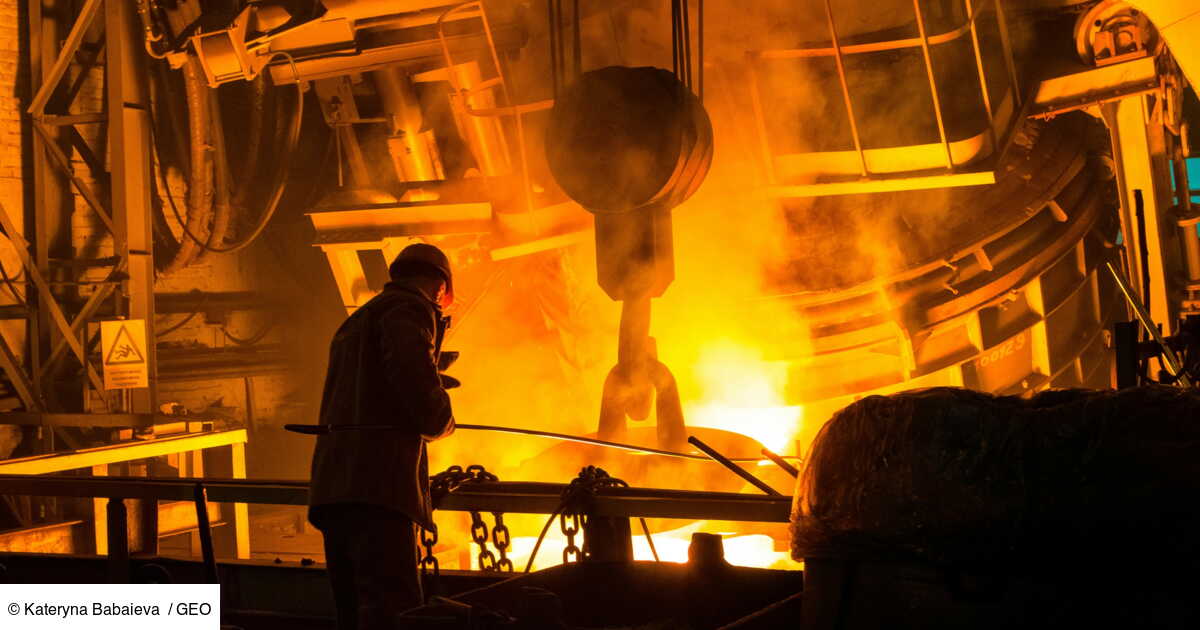After a decade of relentless research, a team of Chinese scientists has achieved a remarkable feat: producing steel without coal and at a speed 3,600 times faster than traditional methods. This innovation, first reported by the South China Morning Post, could reshape the global steel industry while dramatically reducing its environmental footprint.
How Steel Has Traditionally Been Made ?
For centuries, steel production has relied on a slow and energy-intensive process. It starts with iron ore, which is crushed, processed into pellets, and then heated to over 1,300°C before being placed in a blast furnace filled with coke, a refined form of coal. The heat and carbon extract iron from the ore, producing molten iron, which then undergoes further processing to become steel.
This conventional process takes five to six hours and emits significant carbon dioxide (CO₂) due to the use of coke. Now, Chinese scientists claim to have cut that time down to mere seconds while eliminating coal from the equation altogether.
Producing Steel in Just Six Seconds
According to Professor Zhang Wenhai, the lead researcher behind this breakthrough, the new technique can manufacture steel in just three to six seconds, a dramatic reduction from the standard method.
The secret lies in injecting ultra-fine iron ore powder into an extremely hot furnace using a vortex lance. This process triggers a rapid chemical reaction, forming droplets of molten iron that fall to the furnace’s base. The result? A steady stream of high-purity iron, ready to be transformed into steel.
This approach works with both low-grade and high-grade iron ore, making it especially beneficial for China. The country has vast reserves of low-grade iron ore, but it has historically relied on imports from Australia, Brazil, and Africa for higher-quality raw materials. This innovation could significantly reduce China’s dependence on foreign suppliers.
What This Means for Industry and the Environment ?
The most significant advantage of this new method is that it eliminates coal from the steelmaking process, potentially reducing energy consumption by one-third. This aligns with China’s aggressive targets for cutting CO₂ emissions, as the country seeks to achieve carbon neutrality in the coming decades.
China is already the world’s largest steel producer, a position that gives it significant leverage in industries like automobile manufacturing, construction, and infrastructure. If this new method is widely adopted, China could strengthen its global competitiveness while also lowering the carbon footprint of its steel exports.
This breakthrough isn’t just about speed—it could set the stage for a more sustainable and cost-effective steel industry worldwide. If other nations follow suit, this new approach could fundamentally reshape global steel production while contributing to a cleaner planet.














